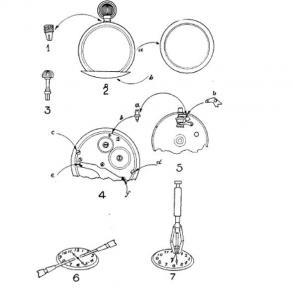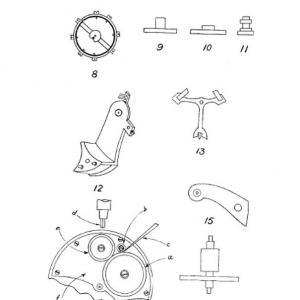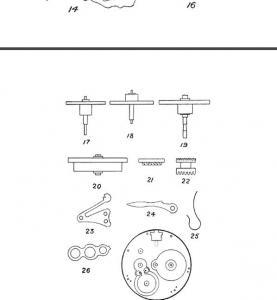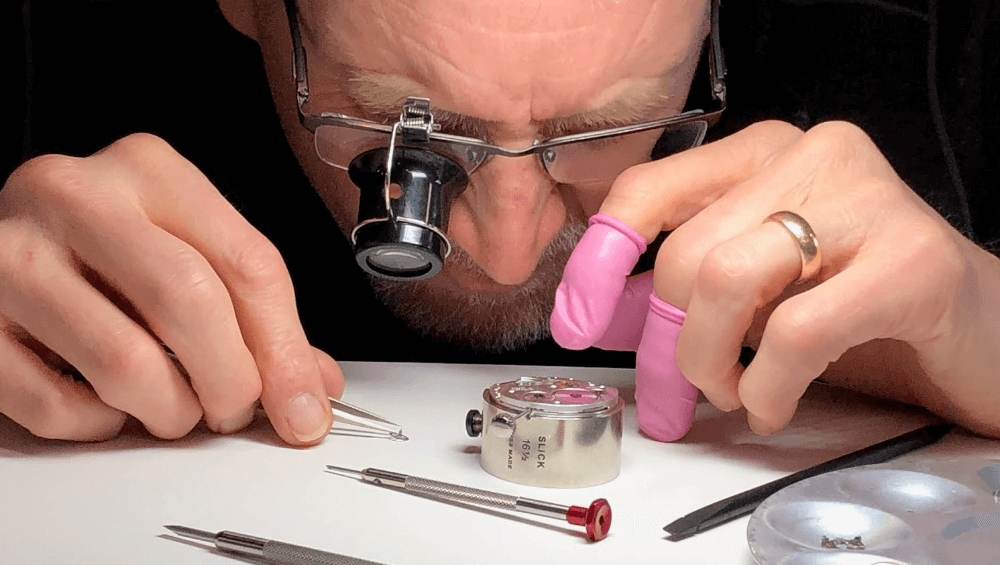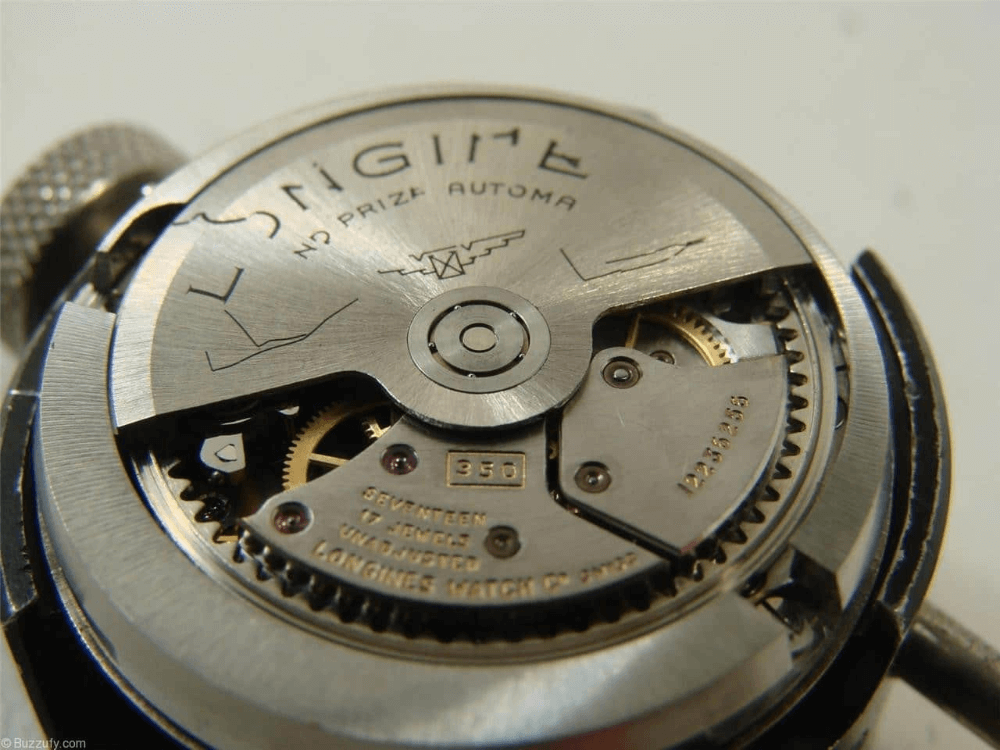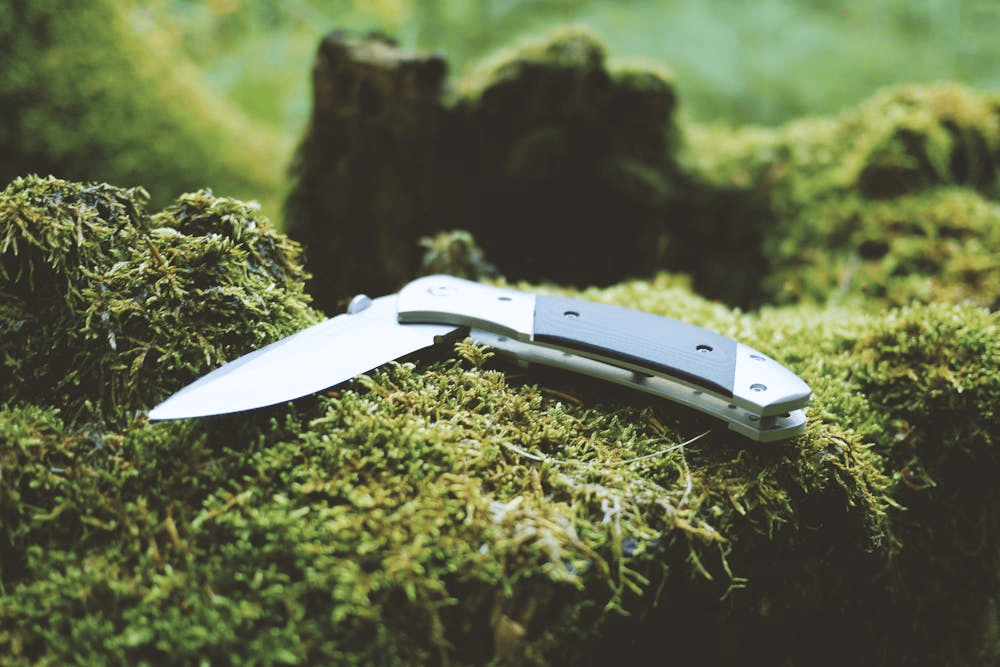1. How is a watch movement removed from the case?
To remove the watch movement from the case of a pocket watch lift the frame that holds the crystal, known as the bezel, and open the back cover of the case, known as the lid, Figs. 2-A and 2-B. In the majority of American watches and in some foreign makes, the crown and stem, Fig. 3, are held in place by the sleeve, which is found in the pendant of the case, Fig. 1. If the watch is of this type, pull the crown as if the hands were to be set before removing the movement from the case. In other pocket watches and in the majority of wrist watches; the crown and stem are held in place by the detent and detent screw, Fig. 5-A. This screw passes through the upper and lower plates with its threaded body extending out. The detent, Fig. 5-B, is attached to it as shown in Fig. 5. In this type of watch you will find the detent screw near the stem, as shown in Fig. 4-B. Loosen the detent screw a little, and remove the crown and stem. Holding the watch in your left hand, with the first finger across the dial to prevent the movement from falling, remove the case screws that serve to hold the movement in the case, Figs. 4C and 4-D. The movement is pressed out of the case from the side opposite to the dial.
2. What is done to the mainspring before taking the movement apart?
Before the watch movement is taken apart, the mainspring is released.
3. How is the mainspring released?
To release the spring, first locate the ratchet wheel and click, Figs. 14-A and 14-B. These parts are attached to the upper plate, as illustrated, or to the lower plate under the mainspring barrel. Insert the square of a winding key, Fig. 14-D, or the stem of the watch on hand into the winding pinion, and with a pointed instrument release the click by pushing it back, Figs. 14-B and 14-C. Hold it in this position and allow the key or stem to revolve slowly between your fingers. Do not let the key slip from your fingers or the mainspring will uncoil suddenly and damage some other part of the movement. This operation is known as ―Letting down the mainspring.‖
4. How is the movement taken apart?
Place the movement on a movement rest, dial side up and remove the hands with the hand remover as in Fig. 7, or with two screwdrivers as illustrated in Fig. 6. If the screwdrivers are used instead of the hand remover, place the tip of the first finger of the right hand over the center of the hands to prevent them from flying away when pried up. The second hand is removed in the same way. Place a piece of paper under the hands to avoid scratching the dial. The dial is held in place with screws found around the lower plate, or as in Figs. 4-E and 4-F. Some dials are held by friction, others by screws set directly through the dial. Be careful not to scratch or damage the dial by forcing it. Once the dial is removed, take out the hour and minute wheels and the cannon pinion, Figs. 9, 10 and 11.
Turn the movement dial side down and remove the balance bridge, Fig. 12. The balance wheel and the hairspring, Fig. 8, are attached to the bridge by the stud which is held in place by a small screw or by friction. These three parts, balance wheel, hairspring and bridge, are taken out of the movement together. Do not pull or force the spring out of shape. Remove the pallet bridge and pallet, Figs. 13 and 15, and the escape, fourth, third and center wheels, Figs. 16, 17, 18, and 19. Then remove the crown and ratchet wheels, Figs. 14-A and 14-E, the barrel bridge, Fig. 14-F, and the barrel, Fig. 20. Next the winding and clutch pinions, Figs. 21 and 22. Turn the plate dial side up and take out the setting bridge, Fig. 23, shippers lever, Fig. 24, and shippers lever spring, Fig. 25. If instead of these parts the movement has a yoke, Fig. 26, remove it and under you will find the crown, interwinding and setting wheels. Observe the position and relation of the parts before removing them. Parts that are held by screws should be placed together with their screws.
